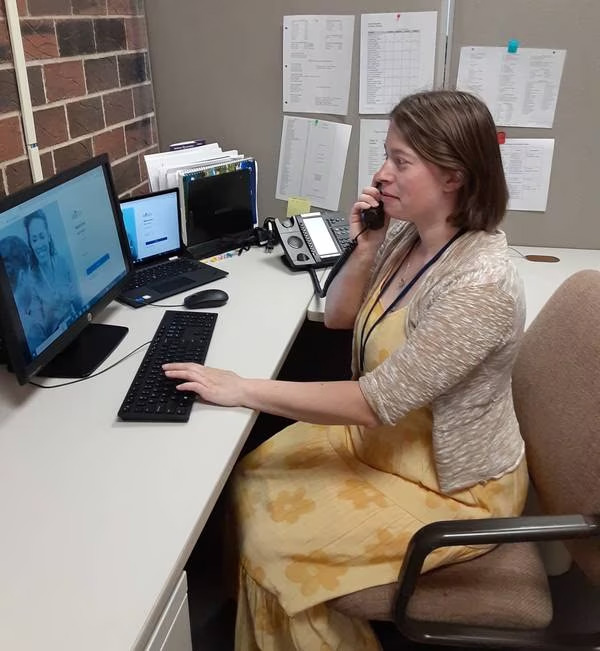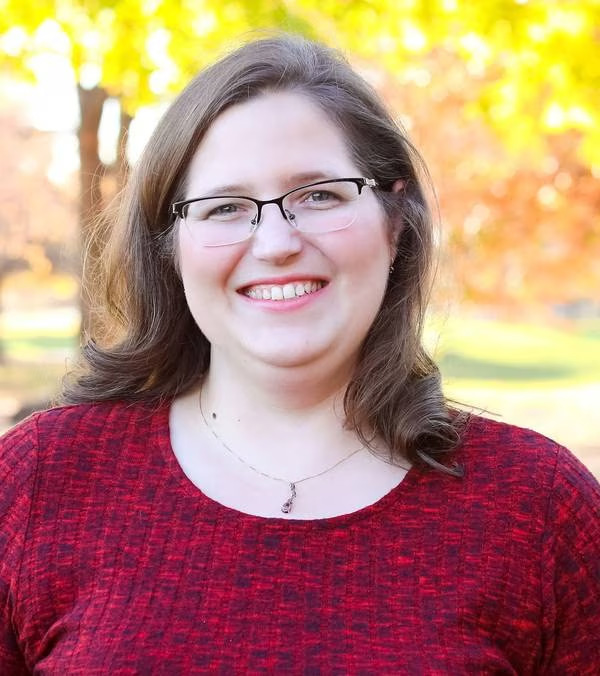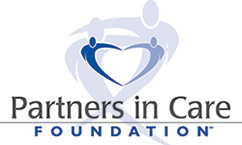Avoiding drug interactions can be hard, especially as one’s list of pills increases, but a service offered through Pathlights makes that task a bit easier. The HomeMeds Medication Safety Program, which began in October 2021, offers a review for anyone taking more than five types of medication.
“We’re given so many things to put into our body” it can be hard to keep track,” said Maureen Mott, care coordination aide for the HomeMeds Program at Pathlights, a nonprofit organization based in Palos Heights.
And it’s not just prescriptions that can cause problems.
“It can be anything from a prescription from the doctor or over the counter such as pain medication, eye drops, allergy medication, herbals and supplements,” Mott said. “Everything you put into your body for health is considered a medication. Elderberry and ginseng can interfere with your medications — an herbal interacting with a pharmaceutical drug that your doctor prescribes.”
Drug interactions can lead to symptoms such as confusion, dizziness, frequent falls and even hospitalization.
“Let’s say you’re taking a cream for pain and a prescription pain med and an OTC pain med. That is three different medications for pain,” she said. “How many different forms of this medication are you taking?”
Some medications taken for high blood pressure contain calcium or iron, and patients may be taking calcium and iron supplements. Calcium supplements might contradict thyroid medication, and certain supplements can affect antibiotics.
“Taking all this stuff, mediations, OTC, drops, creams — they can be interacting with each other and you don’t know about it,” Mott said.
A health crisis can compound the problem. “If you go to the hospital and find you have had a heart attack, a stroke, diabetes, when you get labeled with this diagnosis, you are going home with medications right away,” Mott said. “That’s why so many of our clients have so many medications — because of all these dual diagnoses.”
The free program is open to anyone 60 and older who is taking five or more medications, whether they are prescribed or over the counter. Once someone has gotten a referral, the agency contacts its partners Coordinated Care Alliance or Age Options for a pharmacist to perform a review.
Certain “red flags” trigger reviews, such as someone experiencing dizziness or falls, Mott said, but if a client on multiple medications doesn’t have those symptoms, a report still is generated.
“If we get overwhelmed with seeing how much they take, I can only imagine how overwhelmed they get,” she said.
Thus far, Pathlights has helped about 65 older adults, but HomeMeds is open to anyone. “It’s one of the programs we offer that isn’t location-based,” Moss said. “It can be anyone outside the area we serve. We’ve done people from other counties, other agencies.”
Home visits with the clients illustrate the issue for Mott and her colleagues.
“I had my co-worker go out. She’s at the home and sitting in the living room taking down the medications,” Mott said. “They went to another room to get more and another room to get still more. And then they came in with medications from a different part of the house.”
Another person was taking more than 27 medications, including those prescribed, eye drops, herbal supplements and over the counter items.
Once a client contacts Pathlights, a home coordinator checks medicines, confirms their doctor and pharmacies and collects some health history which is entered into a secure database and sent to a pharmacist. An alert is generated if a review is needed.
If no interaction issues are determined, the patient still receives a report so all their health information is in one place. If an interaction is discovered, they are urged to contact their doctor.
“They have options to talk with a family member about the report, and we hope they take the report to their next doctor’s visit. That is the outcome that the program allows — to have a conversation with their doctor,” Mott said. “We don’t change medications, but it brings awareness so they can talk to doctors about wanting to change their medications.”
She shared feedback from a grateful community member who said he didn’t know where to turn for a review of his medications.
“Hearing that makes your day,” Mott said. “The program came to him at the right time, and we’re completing it for him, and that makes him happy and that makes us happy.”
Emily Wetherholt, a pharmacist at Walgreens who is on the board of the Illinois Pharmacists Association, began reviewing medication lists for the program last month, because “there was a need.”
She trained for the program at the beginning of May and already has 50 patient profiles to review and about 140 alerts from 11 sites.
“Something like one-third of health errors are medication errors,” she said. “A lot of times a patient will have multiple prescribers but have the same pharmacy. More recently, people are told to use mail order or multiple pharmacies, so we may not be catching things.”
Wetherholt said the program “focuses on transition of care, where there can be a lot of errors. That can mean a lot of prescribers.”
Transitions, such as leaving a hospital, can mean home medication may have been changed “to whatever was on the hospital list. They may be changing to something as an inpatient. If they take their home meds with their discharge meds, there may be duplications.”
Right now, it takes about 90 minutes for her to complete a review but she anticipates shortening that to about an hour once she has more experience with the process.
“People like their personal pharmacists — they trust them, which is great. I can see them thinking it’s intrusive having to give your health information to someone else, but the whole purpose is to help you and double-check it,” Wetherholt said.
She noted medications reviews can help people stay in their homes.
“If you’re on a medicine that makes you dizzy and you’re a fall risk so you can’t stay at home, I can say you’re taking this antihistamine in the morning and it’s causing you to not ambulate during the day. Suggesting a therapy change may be able to help you stay where you want to be,” she said. “Or changing the time of blood pressure medication if that’s causing the problem. A lot of the alerts seem to be assessing dizziness because falls can have such drastic consequences from just one event.”
Wetherholt said she’s “really excited” about the program and the need it fills.
“I think that retail pharmacists are too busy to catch all these errors. I don’t want to make it seem like you’re in danger at your pharmacy — I don’t think that’s the problem — but with the current climate and the staffing issues that pharmacies are having, having a second person review everything just sounds like a good idea,” she said.
“It’s not that those individuals are trying to provide less of a quality of care than in the past. It’s just that with the current staffing, they’re not able to.”
Information about the prescription review program is with Pathlights at 708-361-0219 or visit www.pathlights.org.
Melinda Moore is a freelance reporter for the Daily Southtown.
You can view the story on the Chicago Tribune HERE.

Prescription medicines combined with over-the-counter drugs and even dietary supplements can combine to produce unwanted and sometimes dangerous effects. A Pathlights program open to anyone taking more than five separate medicines enlists pharmacists to analyze the medications for potential interactions. (Paul Eisenberg/Daily Southtown)

Maureen Mott, care coordination aide for the HomeMeds Program at Pathlights in Palos Heights helps older adults who need services in their home, including a free program that will analyze mediation lists for potential interactions. “If we get overwhelmed with seeing how much they take, I can only imagine how overwhelmed they get,” she said. (Jen Petterson/HANDOUT)

Pharmacist Emily Wetherholt, who trained for the HomeMeds Program in early May, has begun reviewing patients’ prescriptions and already has at least 50 other patient records to review. (Becci Hethcoat Photography/HANDOUT)
